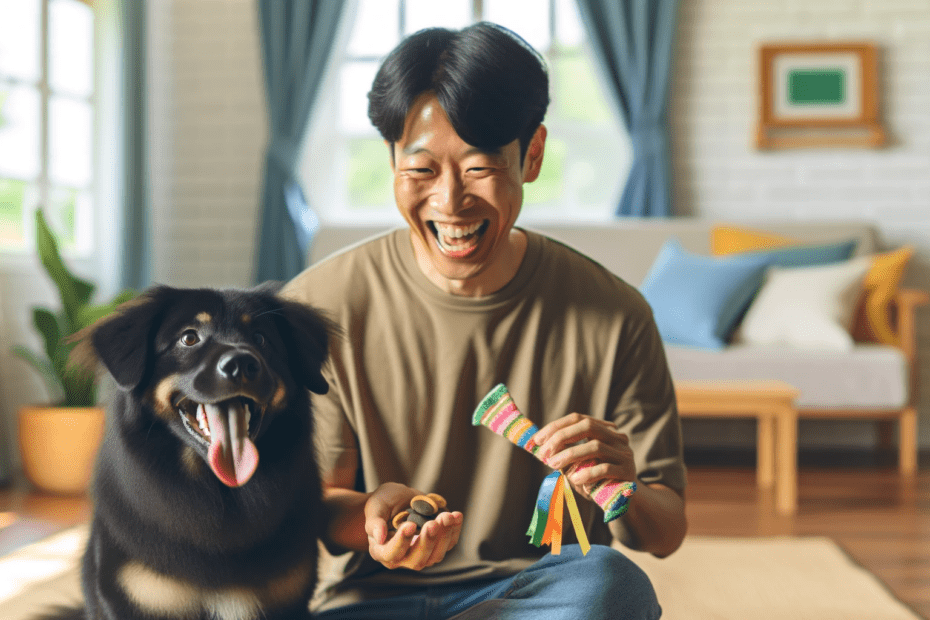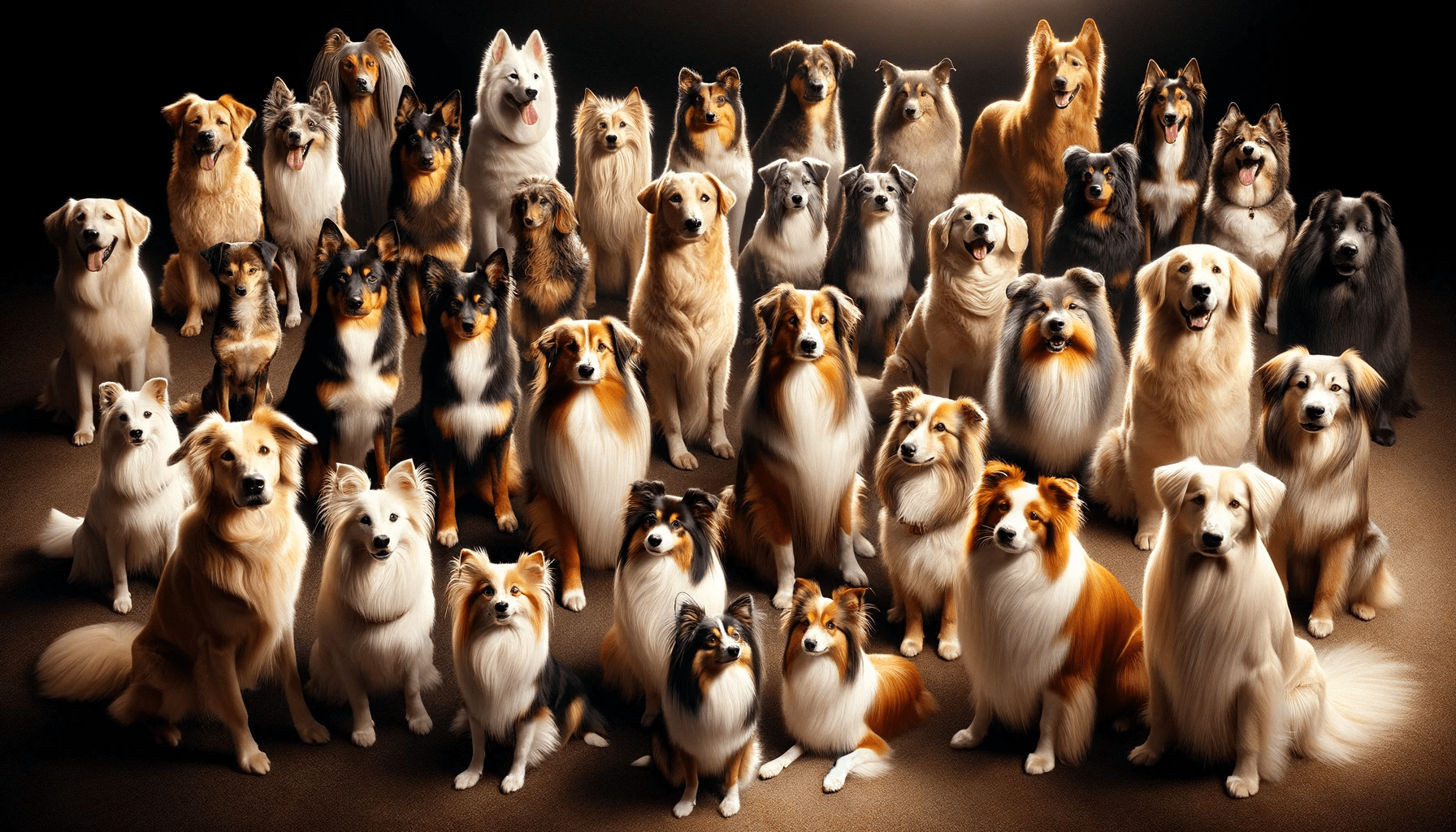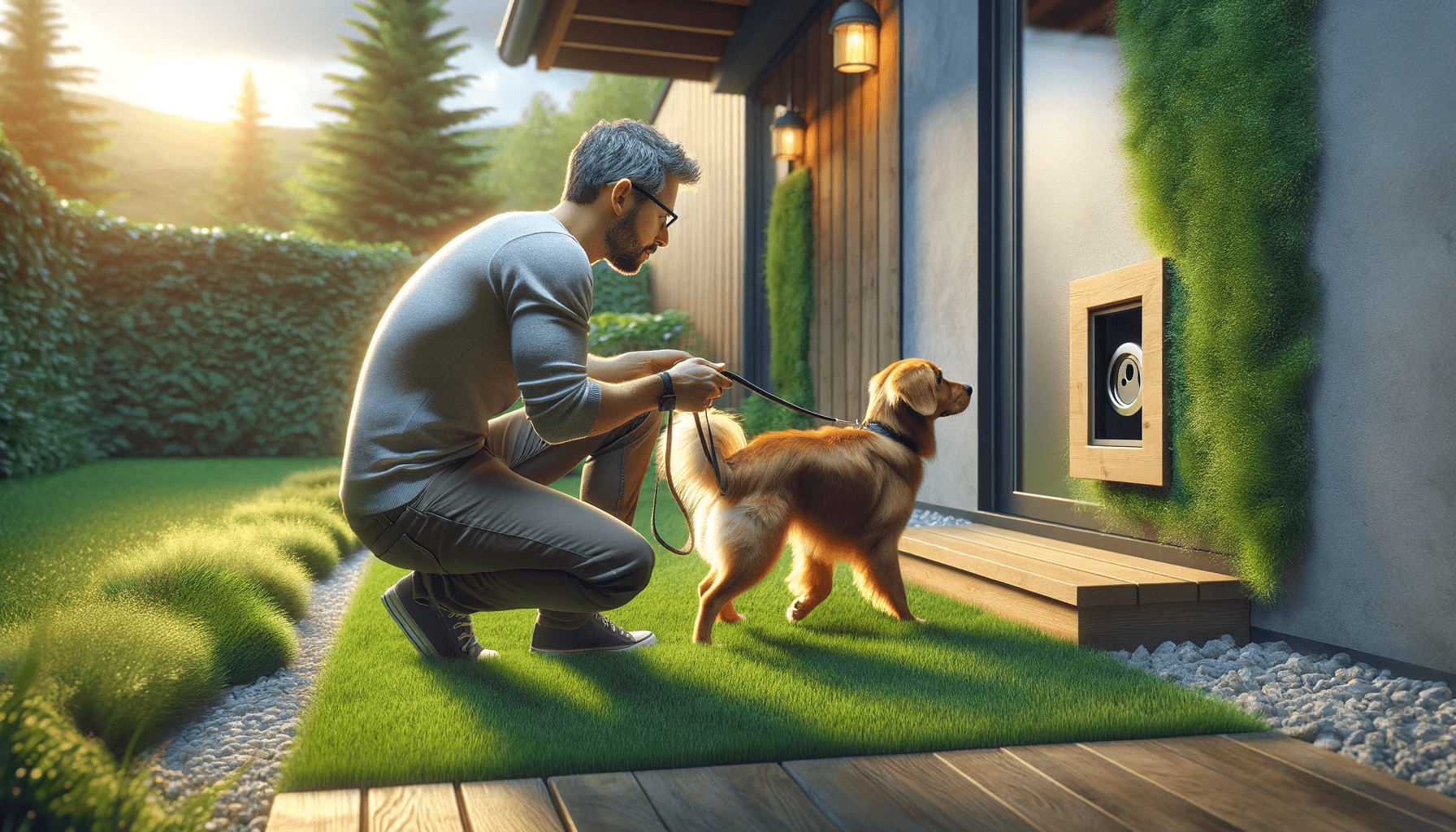Looking to train your dog using positive reinforcement? Discover the 5 best methods that will have your furry friend wagging their tail with joy.
With clicker training, treat-based training, positive association training, marker training, and lure and reward training, you'll learn effective techniques to encourage good behavior.
From teaching basic commands to resolving behavior issues, these methods offer a gentle and rewarding approach to training.
Get ready to strengthen the bond with your canine companion and create a well-behaved, happy pup.
Key Takeaways
- Clicker training and marker training use a distinct sound, like a click, to mark desired behavior and communicate with the dog.
- Treat-based training and lure and reward training use rewards, such as treats or toys, to motivate and reinforce behaviors.
- Timing is crucial in giving treats to reinforce behavior, and treats should be used sparingly to prevent overfeeding.
- Positive association training focuses on rewarding desired behaviors and building a positive and trusting relationship between the dog and owner.
Clicker Training
To effectively utilize clicker training, you need to understand its principles and implement them consistently. Clicker training is a positive reinforcement dog training method that has gained popularity due to its effectiveness and numerous benefits.
One of the main benefits of clicker training is its ability to establish clear communication between you and your dog. The clicker acts as a marker, indicating to your dog that they've performed the desired behavior correctly. This allows for precise timing and clarity in training.
Clicker training techniques involve pairing the sound of the clicker with a reward, such as a treat or praise. This association helps your dog understand that the clicker signifies that they've done something right and a reward is coming. As your dog begins to understand this connection, you can start using the clicker to shape more complex behaviors. By breaking down desired behaviors into smaller steps, you can gradually build up to the final behavior you want to achieve.
Consistency is key in clicker training. It's important to click and reward immediately after your dog performs the desired behavior, so they can make the connection between the behavior and the reward. Additionally, using a consistent clicker training method will help your dog understand what's expected of them and reduce confusion.
Treat-Based Training
For treat-based training, you can use a variety of tasty rewards to motivate and reinforce your dog's desired behaviors. Reward based training techniques are highly effective in teaching your dog new commands and tricks. Treats are a valuable tool in dog training as they provide an immediate reward that your dog can associate with their good behavior.
When using treats in dog training, it's essential to choose high-value treats that your dog finds particularly enticing. This could be small pieces of cooked chicken, cheese, or even commercial dog treats that your dog loves. The key is to find treats that your dog is willing to work for.
To effectively use treats in dog training, you must ensure that they're given at the right moment. Timing is crucial, as you want to reward your dog immediately after they've performed the desired behavior. This helps them understand what they're being rewarded for.
It is also important to use treats sparingly to prevent overfeeding. Cut the treats into small pieces and use them as a reward during training sessions. Remember, treats should be seen as a bonus and not as the main source of nutrition for your dog.
Positive Association Training
Create positive associations between your dog and desired behaviors using this effective training method. Positive association training is a relationship-based training approach that focuses on rewarding your dog for exhibiting desired behaviors.
This training method is based on the belief that dogs learn best when they associate positive experiences with the behaviors you want them to perform.
In positive association training, you use rewards such as treats, praise, and playtime to reinforce good behavior. By consistently rewarding your dog for performing desired actions, you can strengthen the bond between you and your furry friend. This approach encourages your dog to repeat the behaviors that result in positive experiences, making training more enjoyable for both of you.
When implementing positive association training, it's important to be consistent and clear in your expectations. Clearly communicate to your dog what behavior is being rewarded and reinforce it immediately. By using rewards that your dog finds motivating, such as their favorite treats or a game of fetch, you can increase their motivation to learn and perform the desired behaviors.
Positive association training isn't only effective but also promotes a positive and trusting relationship between you and your dog. By focusing on reward-based training, you're able to build a strong foundation of trust and mutual understanding.
Marker Training
Use a clicker to effectively implement marker training with your dog. Marker training, also known as bridge signal training, is a highly effective method that uses a distinct sound, such as a click, to mark the exact moment your dog performs a desired behavior.
This allows you to communicate with your dog in a clear and precise manner, making it easier for them to understand what you want them to do.
To begin marker training, you need to associate the clicker with rewards. Start by clicking the clicker and immediately giving your dog a treat. Repeat this process several times until your dog understands that the clicker signifies a reward. Once your dog has made this association, you can start using the clicker to mark specific behaviors.
When your dog performs the desired behavior, such as sitting or lying down, you click the clicker and reward them with a treat. This helps your dog understand that the behavior they just performed is what you wanted. With consistent practice, your dog will quickly learn to associate the clicker with positive reinforcement and will be motivated to repeat the desired behaviors.
Marker training is a crucial component of reward-based training techniques. By using a clicker as a marker, you can provide immediate feedback to your dog and reinforce good behaviors. Remember to keep training sessions short and positive, and always end on a high note. With patience and consistency, marker training can help you build a strong and rewarding bond with your furry friend.
Lure and Reward Training
Start by choosing a specific behavior and using treats as a lure to guide your dog into performing that behavior. Lure and reward training is a popular method in positive reinforcement dog training. This technique involves using a treat or a toy to entice your dog into performing a desired behavior. By using the lure, you can guide your dog into the correct position or action.
Once your dog successfully performs the behavior, reward them with the treat or toy. Lure training techniques are effective because they tap into your dog's natural instinct to follow and chase after rewards. This method allows you to clearly communicate to your dog which behaviors you want them to perform.
It's important to gradually reduce the use of the lure over time, so your dog learns to respond to verbal cues or hand signals alone. By using lure and reward training, you can create a positive and enjoyable learning experience for your dog while reinforcing good behaviors. This reward-based training method strengthens the bond between you and your dog and helps them understand what you expect from them.
Frequently Asked Questions
How Long Does It Typically Take to See Results With Clicker Training?
With clicker training, you can start seeing results relatively quickly. It typically takes a few weeks for your dog to fully understand and respond to the clicker, but the benefits of positive reinforcement in dog training are well worth the time and effort.
Can Treat-Based Training Be Used Effectively for Dogs With Food Allergies?
Yes, treat-based training can be modified for dogs with dietary restrictions. Instead of using food treats, you can find alternative rewards such as praise, toys, or affection. These can still be effective in positive reinforcement training.
Are There Any Potential Drawbacks or Limitations to Positive Association Training?
There can be drawbacks to positive association training, and potential limitations to reward-based training. It's important to understand that while effective for many dogs, it may not always be the best approach for every individual.
What Is the Difference Between Marker Training and Clicker Training?
Marker training and clicker training both use positive reinforcement to teach dogs new behaviors. The main difference is the tool used: a marker can be a word or sound, while clicker training uses a specific device. Marker training offers more flexibility and convenience.
Can Lure and Reward Training Be Used to Address Specific Behavior Problems or Is It Primarily for Basic Obedience Training?
Lure and reward training can definitely address specific behavior problems in dogs, not just basic obedience. It is a positive reinforcement method that can be used for advanced training too.
Conclusion
In conclusion, positive reinforcement training methods are highly effective for teaching dogs new behaviors and reinforcing good ones. Clicker training, treat-based training, positive association training, marker training, and lure and reward training are all great options that can help create a trusting and cooperative bond between you and your furry friend.
By using these methods, you can ensure a happy and well-behaved dog while also building a strong and loving relationship.






